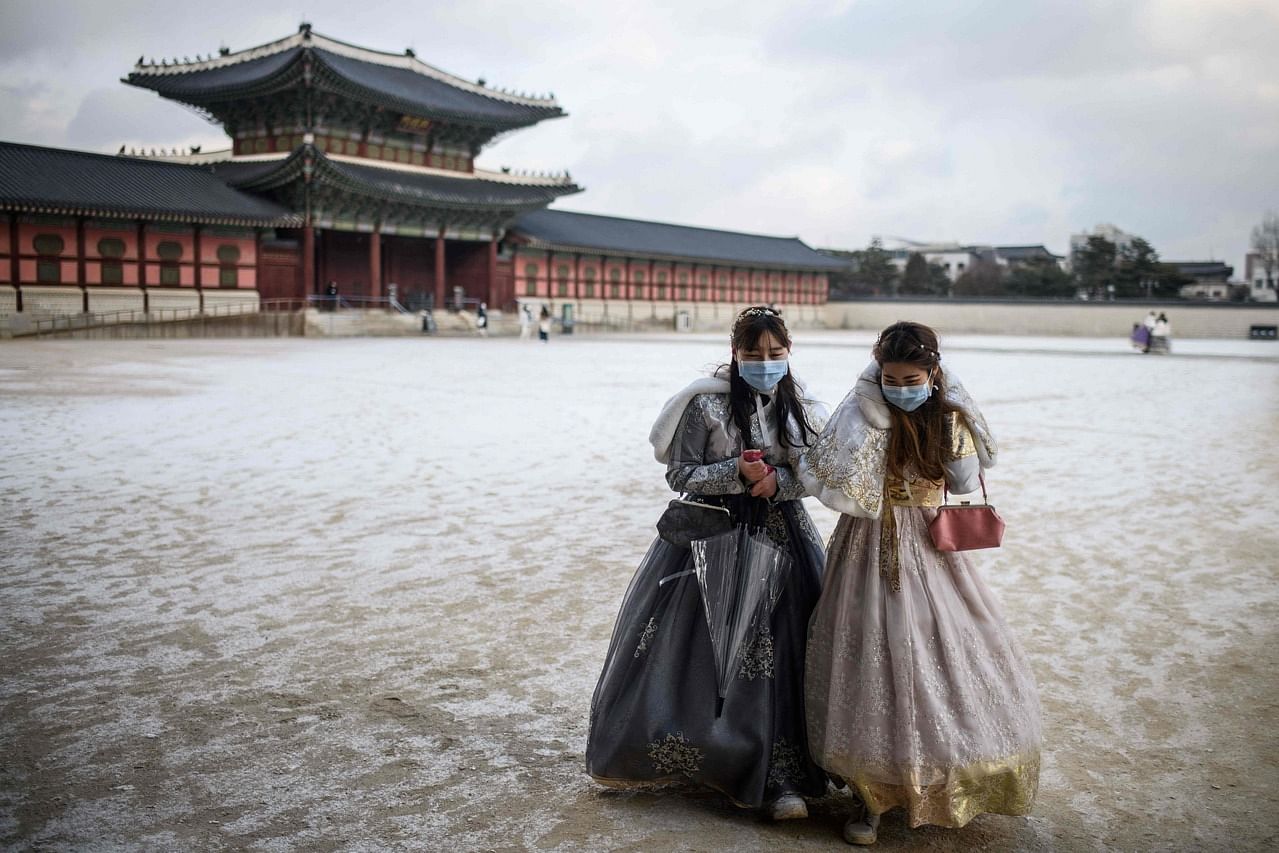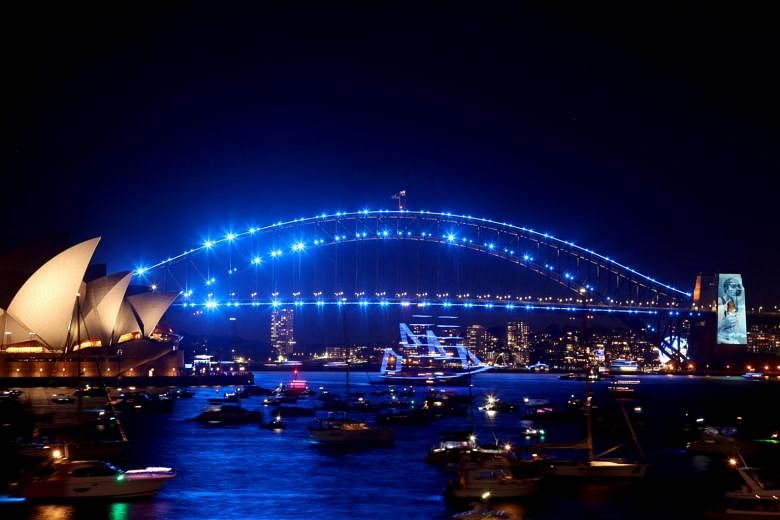Starting in mid-2020 and well into 2021 - a period known for its mix of optimism fuelled by Covid-19 vaccines and pessimism courtesy of the Delta variant - there has been much speculation that airfares will see a post-pandemic spike.
After all, there are more countries open for tourism now, more people are looking to fly again and airlines are eager to recoup their losses. It is sensible to surmise that you would need to pay more for international travel today.
If you factor in the testing, possible quarantine and travel insurance, it may look like the costs are piling up. But do you also have to fork out more for plane tickets?
Is flying more expensive now?
Airfares have always been prone to fluctuation due to seasonality and demand. The pandemic just adds more factors into play: international borders closing and reopening and changing travel restrictions, among others.
2022 seems poised to continue as a year of careful planning, with the Omicron variant running amok alongside global uncertainties.
When booking a flight ticket in the middle of the pandemic, consumers will now certainly factor flexibility into their travel preferences.
However, securing a reasonably priced ticket remains a strong consideration as well.
The month-long suspension of sales for Vaccinated Travel Lane (VTL) flights ended on Jan 20 and Singaporeans can look forward to quarantine-free trips again. Even so, some travellers may hesitate to make a booking, under the impression that the still-ongoing pandemic has surely caused flying to be more expensive now.
To give a clearer idea of whether that is a reasonable conclusion, here is a look at Wego's data: more specifically, at the average prices of one-way flight tickets from Singapore to the VTL destinations in the pre-pandemic month of February 2019 versus prices in February 2022.
Do note that Wego has not included other countries on the VTL list as the lack of comprehensive data on some destinations did not allow it to pinpoint an average amount.
The data suggests that airfares to the majority of VTL countries from Singapore have actually experienced a decrease. Price drops have been recorded on airfares to 13 countries on the VTL list.
The decrease in airfares to popular European destinations such as Britain and Turkey in the Middle East has been substantial, with the average airfare from Singapore experiencing drops of 42 and 31 per cent respectively.
Airfares to other European destinations such as Spain and France follow suit with noticeable decreases of 29 and 20 per cent respectively.
Popular destinations Germany and the Netherlands have also experienced a minor drop, with a 5 and 2 per cent decrease in airfares respectively.
As for flights to the United States and Australia, airfares have also gone down compared with pre-pandemic times, with a 32 and 29 per cent decrease respectively being observed.
The data shows that flights to neighbouring South-east Asian countries - namely Malaysia, Thailand, and Indonesia - have also decreased. The average airfare to Malaysia is down by 48 per cent, while Thailand and Indonesia experienced 21 and 4 per cent decreases.
Airfares to two other Asian countries, Sri Lanka and South Korea, dipped by 3 and 0.4 per cent respectively.
As for spikes in airfare, they do occur and have been substantial, especially for airfares to Switzerland.

The Singapore-Switzerland airfare went up by a whopping 179 per cent, compared with February 2019. Meanwhile, airfares to India and the Maldives have increased by 29 and 22 per cent respectively.
What could be behind the post-pandemic price change?
Pinpointing the cause of why airfares for some destinations have risen while others have dropped is tricky. There is no one-size-fits-all answer as it involves things such as pandemic-related restrictions in those destinations and uneven recovery among the VTL countries.
1. Pandemic development influencing demand
A quick scan of the price differences shows that there are more European VTL destinations that experience airfare drops compared with destinations in other parts of the world.
The fluctuating cases across Europe driven by the Omicron variant and the ever-looming threat of being caught in a national lockdown - the Netherlands had one through Christmas - may have given some leisure travellers pause.
On a more hopeful note, Britain recently scrapped its Covid-19 test entry requirement for fully vaccinated travellers, prompting an uptick in holiday searches. Other nations may follow suit.
It is safe to say pandemic travel news will continue to influence flight demands around the world.
For 2022, the International Air Transport Association (Iata) forecasts that the demand for international travel will be slower to recover compared with domestic travel. This is due to the continuing restrictions on the freedom of movement across borders, quarantine measures and the sense of uncertainty among travellers.

On the bright side, it expects international demand to reach 44 per cent of 2019 levels in 2022.
As some countries plunge back into strict border controls to combat the Omicron variant, airlines will continue to rely on flexible policies, generous offers and low fares to try and salvage sales this year.
2. Prices of jet fuel
While prices of jet fuel plummeted to record lows during 2020, they have since made a full recovery in 2021. That was until Moderna announced the possibility of Covid-19 vaccines being less effective against the Omicron variant, which in turn caused oil prices to suffer their biggest drop in 20 months.

But despite the sharp plunge caused by the Omicron scare, the price of oil remains high. Iata, in its Industry Statistics Fact Sheet, revealed that in 2021, prices of jet fuel increased to an average of US$74.50 (S$100) a barrel and are expected to rise further to US$77.80 a barrel in 2022.
Changes in oil prices will most certainly affect airfares. The higher fuel prices soar, the more travellers will have to cough up for their plane tickets.
So, is flying more expensive now?
The short answer: It depends.
Flying - and naturally, travelling - may be more expensive due to pandemic-related costs.
That said, there are some perks travellers can take advantage of when it comes to flying right now, for example, flexible prices, unexpected travel offers and booking policies.
These are what people can count as a silver lining for air travellers in this time of uncertainties.
- The writers are editors at Wego, a one-stop travel marketplace offering products, services and content for travellers and business partners.

